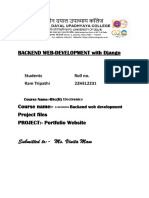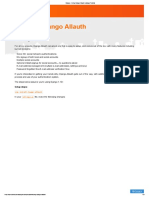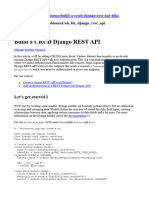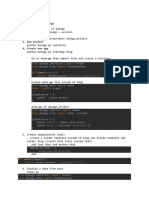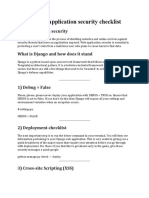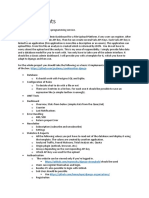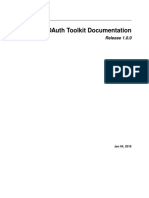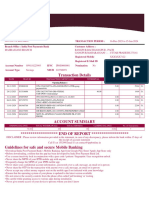0% found this document useful (0 votes)
21 views12 pagesDjango 2FA With Google Authenticator - DEV Community
The document discusses implementing Two-Factor Authentication (2FA) using Google Authenticator in Django applications. It explains the importance of 2FA for enhancing security and provides a step-by-step guide for setting up a Django project with the necessary configurations and dependencies. The author emphasizes the significance of user authentication methods and encourages exploring innovative approaches to security.
Uploaded by
nerd$Copyright
© © All Rights Reserved
We take content rights seriously. If you suspect this is your content, claim it here.
Available Formats
Download as PDF, TXT or read online on Scribd
0% found this document useful (0 votes)
21 views12 pagesDjango 2FA With Google Authenticator - DEV Community
The document discusses implementing Two-Factor Authentication (2FA) using Google Authenticator in Django applications. It explains the importance of 2FA for enhancing security and provides a step-by-step guide for setting up a Django project with the necessary configurations and dependencies. The author emphasizes the significance of user authentication methods and encourages exploring innovative approaches to security.
Uploaded by
nerd$Copyright
© © All Rights Reserved
We take content rights seriously. If you suspect this is your content, claim it here.
Available Formats
Download as PDF, TXT or read online on Scribd
/ 12














